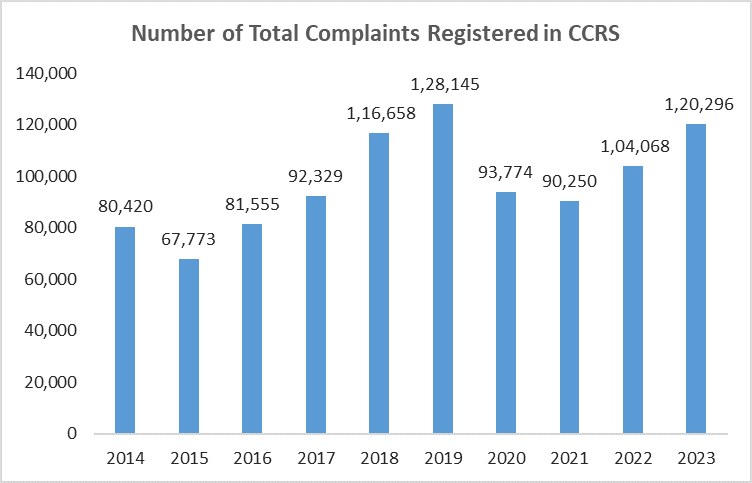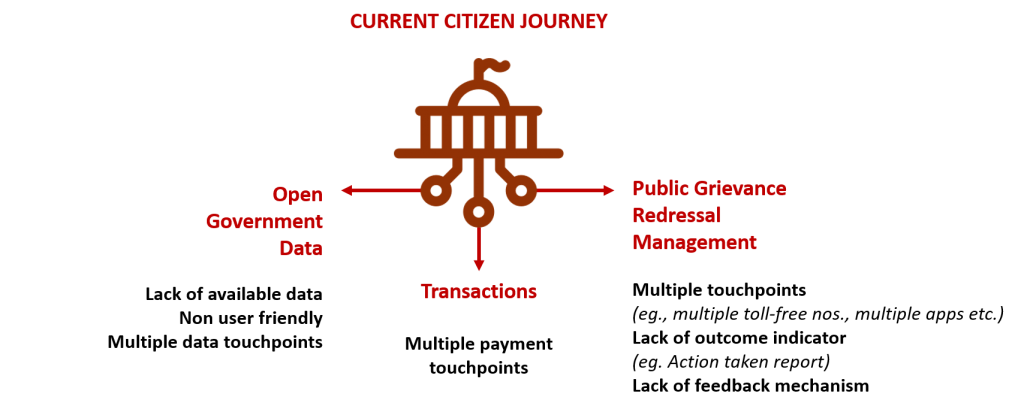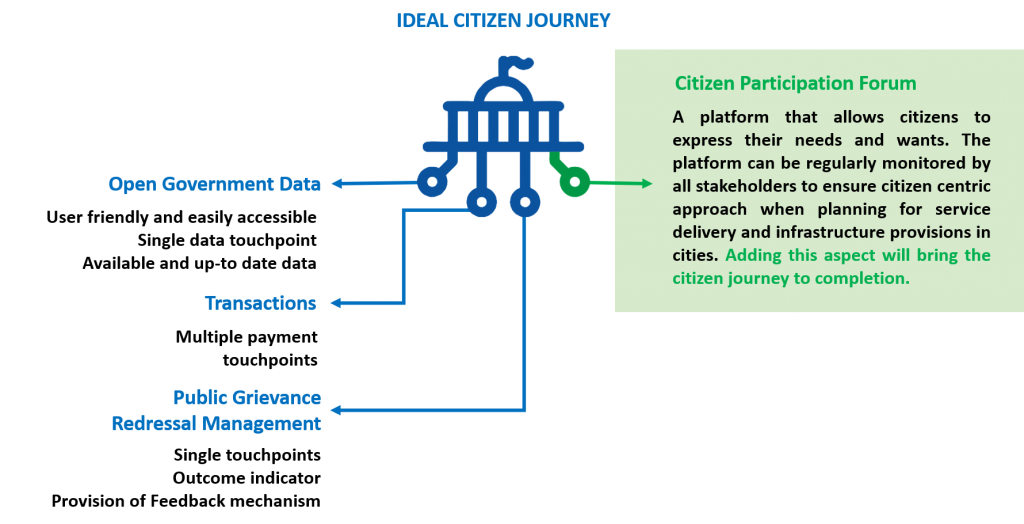In 2003, the journey of Mumbai’s Online Complaint Management System (OCMS) began modestly with just two computers in the basement of the Brihanmumbai Municipal Corporation (BMC). The city’s official civic complaint number, 1916, was established to enable citizens to raise their grievances conveniently, without needing to visit an office in person.
In its initial phase, OCMS was a collaborative effort between the BMC and Praja, our organisation that works towards enabling accountability in governance by empowering citizens to become politically active. Praja provided the software to manage the back-end processes, while the BMC handled the hardware and other functions. Between 2003 and 2007, we also trained BMC officials to manage the system effectively. In 2007, all operations of OCMS were handed over to the BMC, and since then, the system has been continuously enhanced with the latest technological advancements.
Today, Mumbai boasts one of the most robust citizen grievance redressal mechanisms, both online and offline, serving the city’s 1.25 crore residents. Offline, citizens can visit the relevant office to register their complaints. The online system includes the MyBMC Website, App, and even a WhatsApp Chatbot. Citizens can also use X (formerly Twitter), to tweet their grievances and tag the MyBMC handle. To ensure the system’s efficiency, the BMC has established a Centralised Complaint Management System (CCRS) for integrating and managing both online and offline platforms. Citizens have actively utilised these tools, registering over 1.2 lakh complaints last year alone. These complaints have highlighted various issues, including pollution, solid waste management, and drainage problems. The system was also crucial during the Covid-19 pandemic when citizens used the number 1916 to make distress calls and request isolation facilities.

Mumbai’s OCMS is a prime example of how effective e-Governance can bridge the gap between citizens and the government. The 74th Constitutional Amendment Act of 1992, which underpins the contemporary model of city governance, envisions these governments as more participatory because they are closest to the citizens. Given the large populations in Indian cities, especially in megacities like Mumbai and Bengaluru, active citizen participation in governance is challenging, both spatially and temporally.
To address this challenge, tech-based solutions must be explored to increase citizen participation more conveniently. Most cities have an online complaint redressal mechanism and systems for facilitating payments for services and charges (transactions) to avail them. However, cities often lack a platform where citizens can learn about the various schemes, programmes, and facilities their government provides and implements. An Open Data Platform could bridge the trust deficit between citizens and city governments.


Furthermore, these platforms can be utilised to create mechanisms that involve citizens in mapping the future needs and wants of the city. Another crucial feature that Indian municipal websites should include is the creation of a Citizen Participation Forum, where citizens can share their inputs on the development of their wards and the city. For example, Praja partnered with the Municipal Corporation in Srinagar to launch a similar platform, the My City My Ideas portal. Bhubaneswar has a similar platform that allows this kind of engagement. Such initiatives represent pioneering efforts in India to empower citizens to participate in city governance.
To build sustainable cities, we need to leverage technology to facilitate citizen engagement, enable a deep understanding of the citizens’ needs and concerns, and proactively share governance data based on clear benchmarks.

Mr. Milind Mhaske is the Chief Executive Officer of Praja Foundation, bringing over 22 years of expertise in urban governance, advocacy communication, strategy development and project management. He leads the organisation’s research and capacity-building initiatives, focusing on strengthening governance structures at the city, state, and union levels.
